When selecting the perfect diamond for a special moment, it is important to take its cut into consideration. The radiant and oval cuts are particularly sought after for their brilliance and captivating sparkle.
Oval and radiant diamond cuts have become increasingly sought-after recently for their stylistic range and unmatched sparkle. Unlike the popular round brilliant cut, these uniquely faceted shapes possess an added layer of fire and brilliance that is sure to dazzle even the most discerning jewelry connoisseur. For those searching for something distinctive and captivating, these diamond cuts are the perfect option.
Table of Contents
Radiant vs Oval Diamond: Overview
Radiant Diamond Cut
The Radiant Cut, a relatively recent diamond cut introduced by Henry Grossbard in 1977, is an impressive hybrid of cutting-edge modernity and classic beauty. Its rectangular or square shape seamlessly combines the subtle sophistication of Emerald Cuts with the fiery brilliance of Round Brilliant Cuts, creating a distinctive sparkle that has swiftly grown in popularity.
Characteristics and Features
Radiant diamonds captivate with their remarkable luster, produced by 70 meticulously cut facets that optimize light reflection. With its versatile rectangular shape and cropped corners, radiant diamonds are coveted for their adaptability to a variety of jewelry designs and orientations.
Oval Diamond Cut
A timeless classic, the enchanting oval cut first made its appearance in the diamond world in the 1960s, thanks to renowned cutter Lazare Kaplan. With its rounded and elongated shape, this modified brilliant cut has since become a beloved selection among those who appreciate graceful elegance.
Features
Oval diamonds are renowned for their elegant, elongated shape that enhances the appearance of a wearer’s slender fingers. Featuring 58 sparkling facets—identical to those of the round brilliant cut diamond—this classic design is sought-after for its timeless sophistication and excellent light reflection. Thanks to its versatility, oval diamonds pair well with almost any jewelry style.
Also Read: Hidden Halo vs Halo
Radiant vs Oval: A Comparison
Brilliance and Sparkle
Widely renowned for their mesmerizing shine and scintillating sparkle, radiant and oval diamonds make a stunning addition to any jewelry collection. The former boasts a larger number of facets for an extraordinary fire-like effect, while the latter dazzles with its graceful oval shape and beguiling play of light.
Shape and Symmetry
Polished to perfection, radiant diamonds boast a striking rectangular or square silhouette with cropped corners, embodying a modern aesthetic appeal. On the other hand, oval diamonds are known for their elongated shape that enhances all types of hands while providing an alluring sense of length.
Customization and Setting
For optimum creative possibilities, opt for radiant diamonds—the classic go-to cut that can be set in either a horizontal or vertical orientation. For an interesting mix of shapes, consider oval diamonds too; they look stunning in both solitaire and halo settings.
Price and Affordability
When it comes to Radiant or Oval Diamonds, there are various aspects that determine their price, such as Carat Weight, Cut, Color, and Clarity. Usually, Radiant Diamonds are slightly more affordable than the Oval ones for the same level of Carat Weight, given the lower demand they have.
Popularity and Trend
Round brilliant diamonds have long reigned supreme as the preferred choice for engagement rings. Yet, the magnificent radiance of radiant and the timeless elegance of oval diamonds have seen them gaining traction in recent times. Radiant diamonds offer those seeking a modern aesthetic the perfect blend of style and sophistication, while oval diamonds provide a classic yet stylish flair – making them evergreen gems.
Color
When evaluating a diamond’s color grade, the amount of yellow or brown tints present are taken into account. The GIA Color Scale assigns diamonds with a grade from D-F to signify varying levels of colorlessness. Notably, specific cuts can disguise color more adeptly than others; for example, round cuts tend to effectively hide any shades of yellow and thus make certain stones appear colorless, even if their grade falls in the “near colorless” range like I or H.
Size
Gemologists use carats to appraise the size of a diamond, which is equivalent to 200 milligrams. However, carat alone does not always reflect the perceived size of a diamond; the cut can significantly influence visual size.
Ovals generally appear larger than radiants due to a greater surface area, while radiants tend to look smaller because much of their weight is below the crown. Yet, buyers should take solace in their lower cost per carat—you can get a bigger bang for your buck with radiant cuts than other cuts of the same carat weight.
Facets
Radiant diamonds boast 70 glittering facets on both the crown and pavilion, creating an exceptional brilliance similar to round cuts, only customized for a unique square shape. By contrast, oval-cut diamonds have 58 facets – with the largest at its crown – that structurally mirror those of round cuts, but with some variations in shape and size.
This arrangement of facets gives them the coveted ‘crushed ice’ look which has made them highly sought after. Consequently, it’s easy to see why these polished masterpieces are popular among diamond connoisseurs as they offer the perfect combination of stunning sparkle and timeless elegance.
Radiant vs Oval: Similarities
The Absence of Cut Grade by GIA
Not all diamond shapes are graded for cut by the Gemological Institute of America (GIA). This is the case for every fancy cut, including oval and radiant. Cut quality has a significant influence on the brilliance of a diamond and is determined by its symmetry, polish and faceting. Unfortunately, no cut grade will be found on GIA reports for these diamonds.
Bow-Tie Effect
Oval and radiant-cut diamonds are known for exhibiting the bow-tie effect, which is when facets fail to reflect light properly, creating dark triangle-like shapes in the diamond’s center.
This phenomenon is usually visible to the unaided eye and may diminish the diamond’s radiance and beauty. Therefore, it is essential to evaluate a diamond in person or through high-quality images before purchasing, rotating the stone to observe its features from every angle. Only then can one be sure whether the diamond meets their expectations.
Durability
The vulnerability of diamonds to chipping can be attributed to the presence of sharp corners. Princess and marquise cuts, for instance, have a narrowing tip which renders them particularly prone to damage if struck or put under pressure by the setting.
On the other hand, radiant and oval diamonds feature curved edges that do away with this weak point. The prongs employed in securing these shapes offer an added layer of security from chips.The best way to protect any diamond is to select a high-grade setting, making sure not to neglect areas with heavy inclusions like feathers.
How to Choose Between Radiant and Oval Diamonds
To make the best decision, start by evaluating your desired style and aesthetic: if modernity and sharp lines are your go-to, then a radiant diamond is ideal; alternatively, an oval diamond can bring elegance and timeless appeal.
Along with this, ensure that the diamond you select meets high-quality standards — look for diamonds with excellent cut grades, optimal color and clarity, and certifications from renowned gemological laboratories such as GIA or AGS.
Finally, for expert guidance, it is recommended to seek advice from a trusted jeweler or diamond expert to help you find the most suitable option according to your preferences and budget.

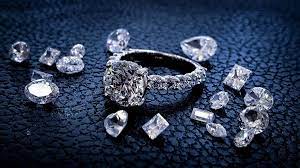
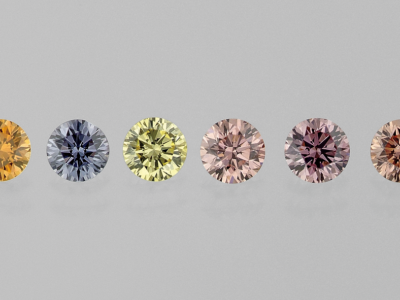
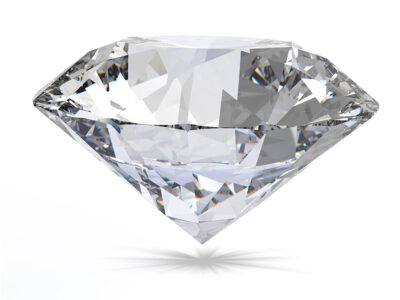

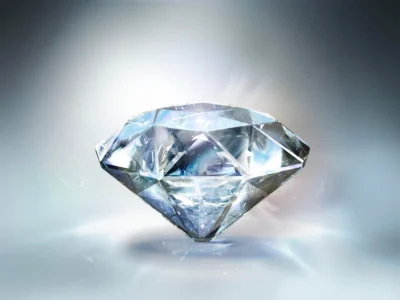
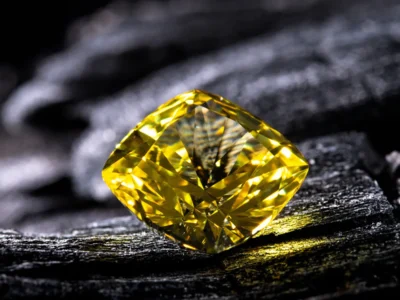
Comments